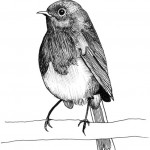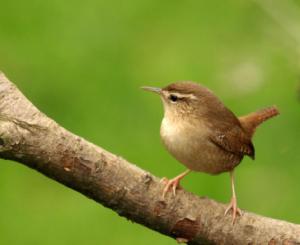It comes as no shock to us that a range of recent reports has found time spent in nature as beneficial to the human animal, but it is welcome research nonetheless. Once again the transformative powers of slowing down and being in the outdoors has been shown to have a positive impact at every level, from the microbe to the mass consciousness.
A Finnish report entitled ‘Proceedings of the National Academy of Sciences’ has found more diverse microbiota on the skin of teenagers living in farms or near forests than their counterparts in urbanised areas. One class of such bacteria is linked to the development of anti-inflammatory molecules, stimulating an immunological response in people that is known to suppress the swelling caused by allergy to pollen or animals.
With rates of asthma and allergies on the rise, this has led the doctor who conducted the report to call for city planning that includes green spaces, green belts and green infrastructure, an issue I blogged about for the National Trust recently.
A study published in the journal ‘Landscape and Urban Planning’ reveals that such a measure would reduce stress levels too. By monitoring levels of cortisol, a hormone released in response to stress, found in residents’ saliva, the team could directly correlate a link between stress and the lack of green spaces in urban areas.
In Skimming Stones we draw a similar conclusions about simple activities in the outdoors and the positive, transformative effect on the body, from the tangible (the ‘fiero’ pride in completing an igloo) to the imperceptible (the shift from cones to rods in our eyes as our senses adopt night vision in a darkening wood).
One thing is for sure: the human animal adapted over millions of years to live in the natural environment. We are hard wired to respond to it and, as such, we need it in our lives as surely as five fruit and veg a day. It explains perhaps why I felt the need to abandon my car last week and run back to photograph the coming storm as it rolled over the fields of impossibly yellow rapeseed. As J A Baker once wrote, “The solitude of horizons lures me towards them.” I couldn’t tell you why, but I needed to stop and take in that sky as surely as scratch an itch.
– Rob –




